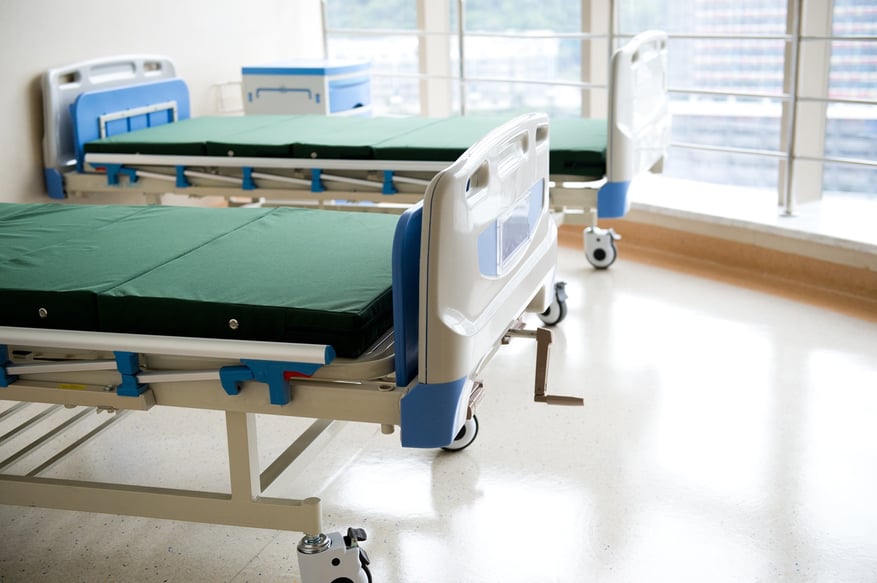
Shopping for medical mattresses is a bit different than picking out a home mattress. While buyers do look for some of the same qualities in both - like comfort and durability - additional factors like stain resistance and antimicrobial properties com into play when selecting medical mattresses. Here are a few things to look for when selecting medical mattresses.
Healthy and Safety
When a patient comes into a hospital, rehab center, or other medical facility the goal is for them to leave healthy. Unfortunately, a European study showed 1 in 10 patients also acquire a hospital-based infection while being treated. Choosing good medical fabrics and frequent washing can help cut down on new illnesses.
Opting for medical fabrics that have antimicrobial properties is one way to help keep the fabric surfaces resistant to microbes. Antimicrobial fabrics are treated or manufactured with antimicrobial chemicals that inhibit the growth of bacterial microbes on them. Antimicrobial medical fabric can be used to make medical mattresses, bed linens, hospital gowns, hospital curtains, and other healthcare textiles.
Waterproof PVC mattresses or mattress toppers add another level of protection for patients. In a medical setting it’s fairly common for beds to come into contact with bodily fluids, which can pose potential health risks to the next patient using a bed. Fluids that seep into a mattress are especially difficult to clean, so additional layers of protection are key.
Allergens, dust mites, and bedbugs can all be brought in by patients and spread to others if the proper precautions are not taken. Hypoallergenic medical fabrics help keep patients from developing allergic reactions while recovering. A sealed encasement around the mattress and/or impermeable sheets keep bedbugs and dust mites from taking up residence in mattresses and spreading to other patients.
Comfort
In the medical setting, comfort goes beyond a plush mattress or high thread count sheets. Bedsores or pressure sores are a concern for patients who will spending long periods of time in their bed. Along with being uncomfortable, these sores can become infected, creating a health risk.
Pressure reduction mattresses and medical fabrics with elasticity help to ease the pressure on certain points on patients’ bodies to keep sores from forming. Some mattresses redistribute tissue load to ease pressure while other types of beds can be adjusted to better suit each patient.
Medical fabrics that reduce friction and don’t retain moisture also help in preventing bedsores. Friction from a patient moving around can irritate skin or developing sores. Coupled with moisture, this can lead to infection.
Anti-Static Properties
Especially in dry weather, it’s not uncommon to see a few sparks of static electricity when you pull the covers back to climb into bed. At home, the minor shock that comes from static electricity is an annoyance at most. But sensitive electronics in a hospital room can be effected by those static charges, potentially compromising a patient’s care.
Look for medical fabrics that have anti-static properties to stop the buildup of static electricity in beds. Some medical textiles are also designed to be conductive and control the release of any static buildup.
Now that you know a little more about healthcare fabrics, learn why Herculite has been the top choice of so many healthcare customers for over 50 years by downloading our eBook "Why Herculite is Uniquely Qualified to Deliver Quality Medical Fabrics”.
